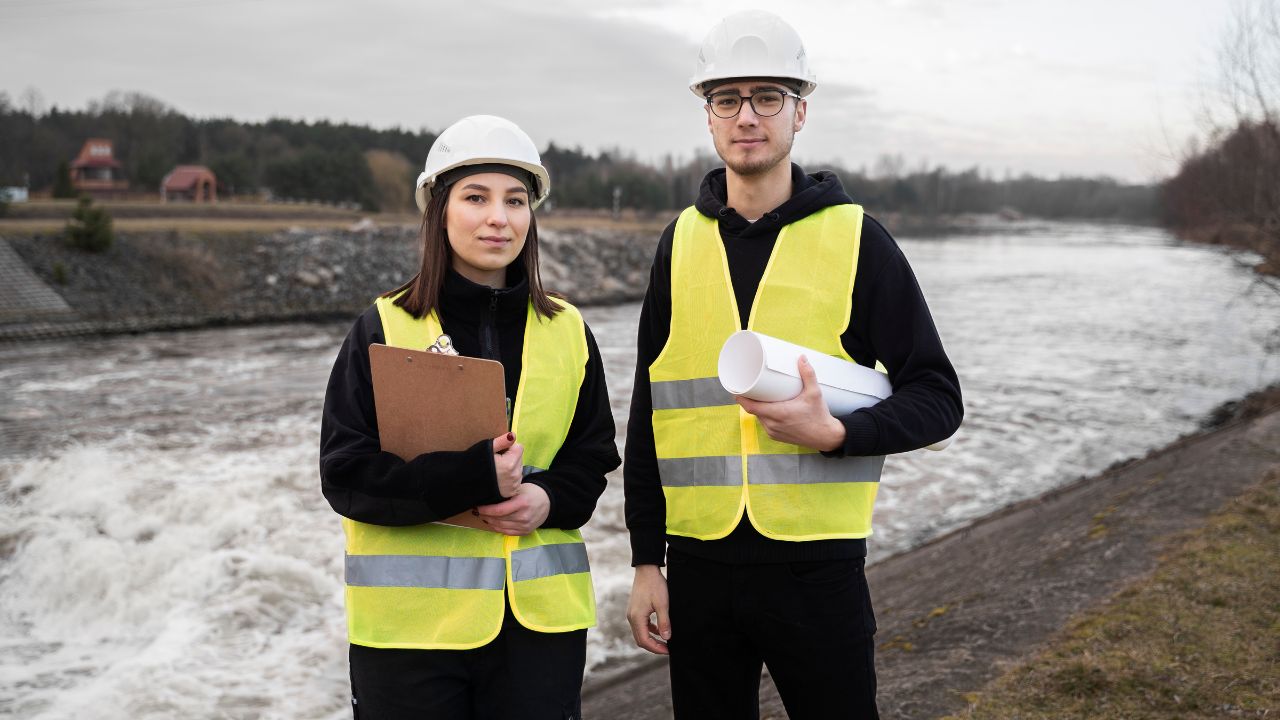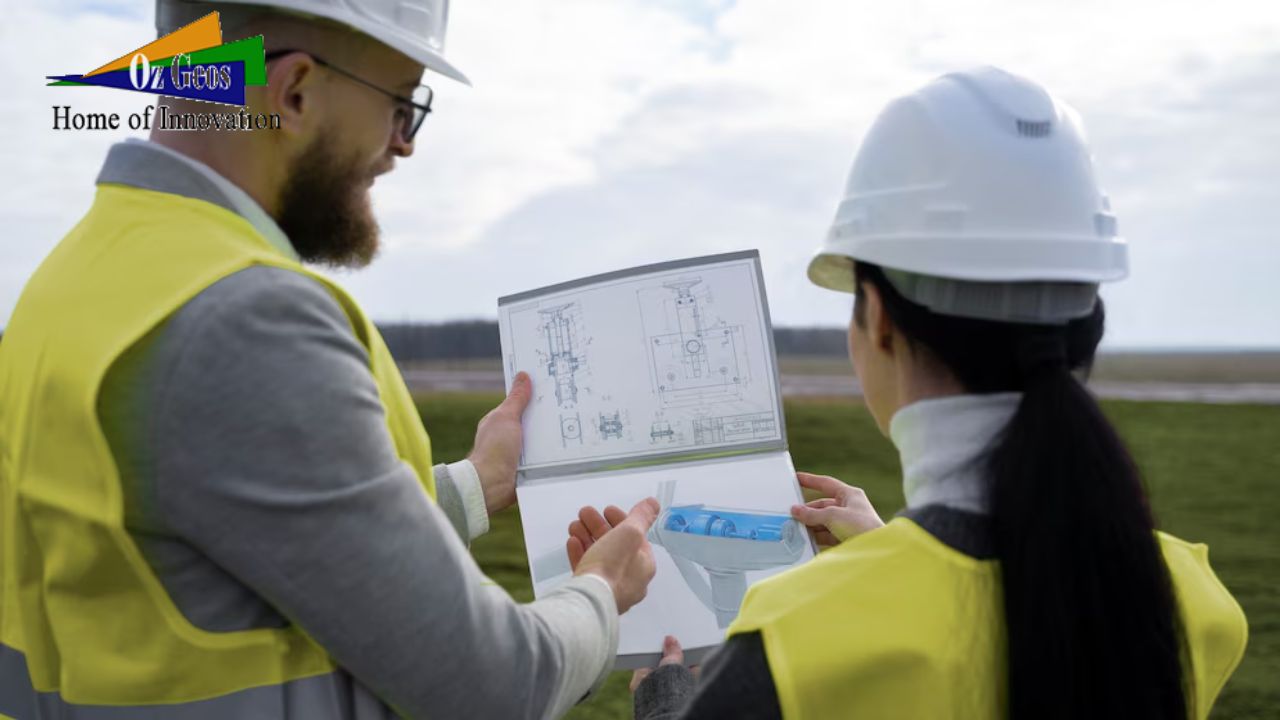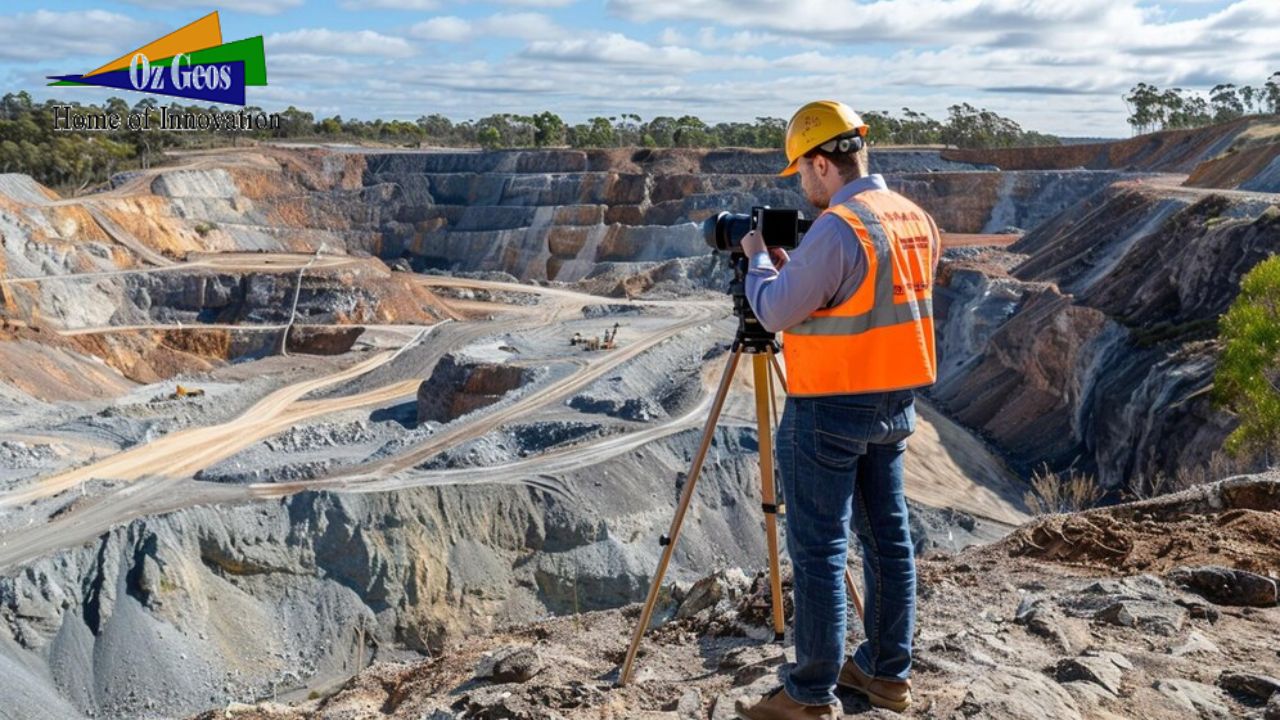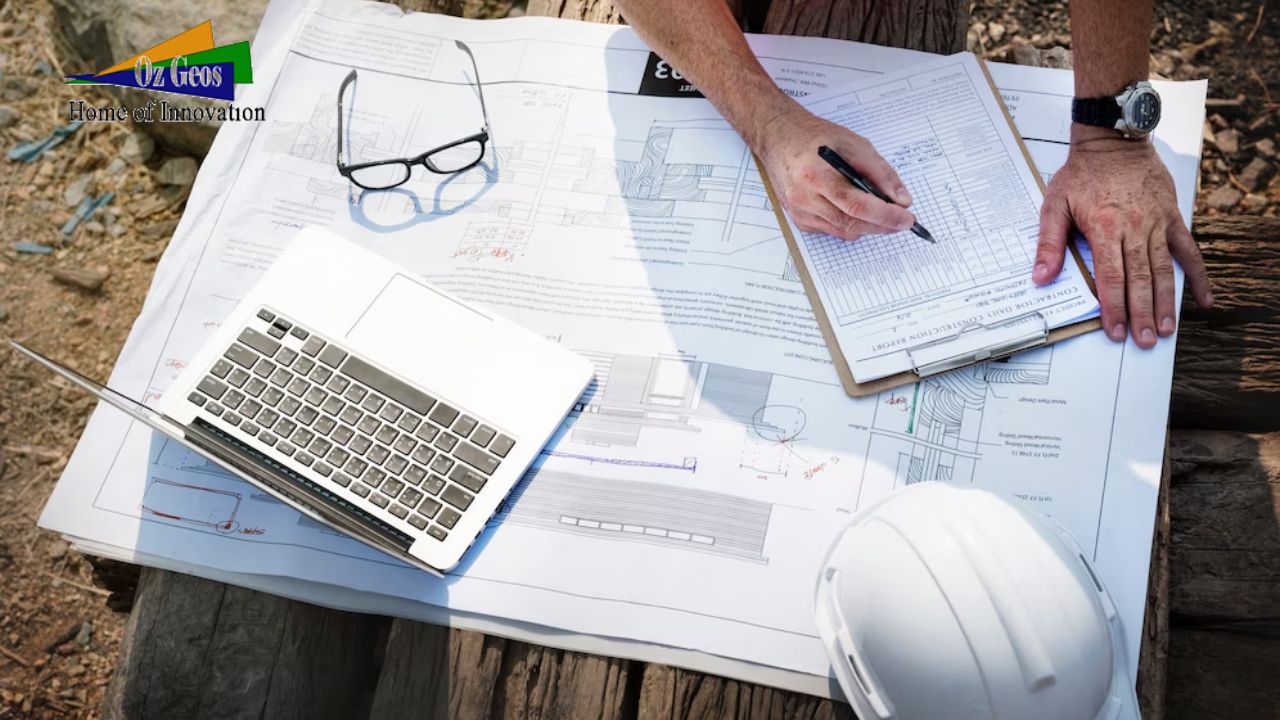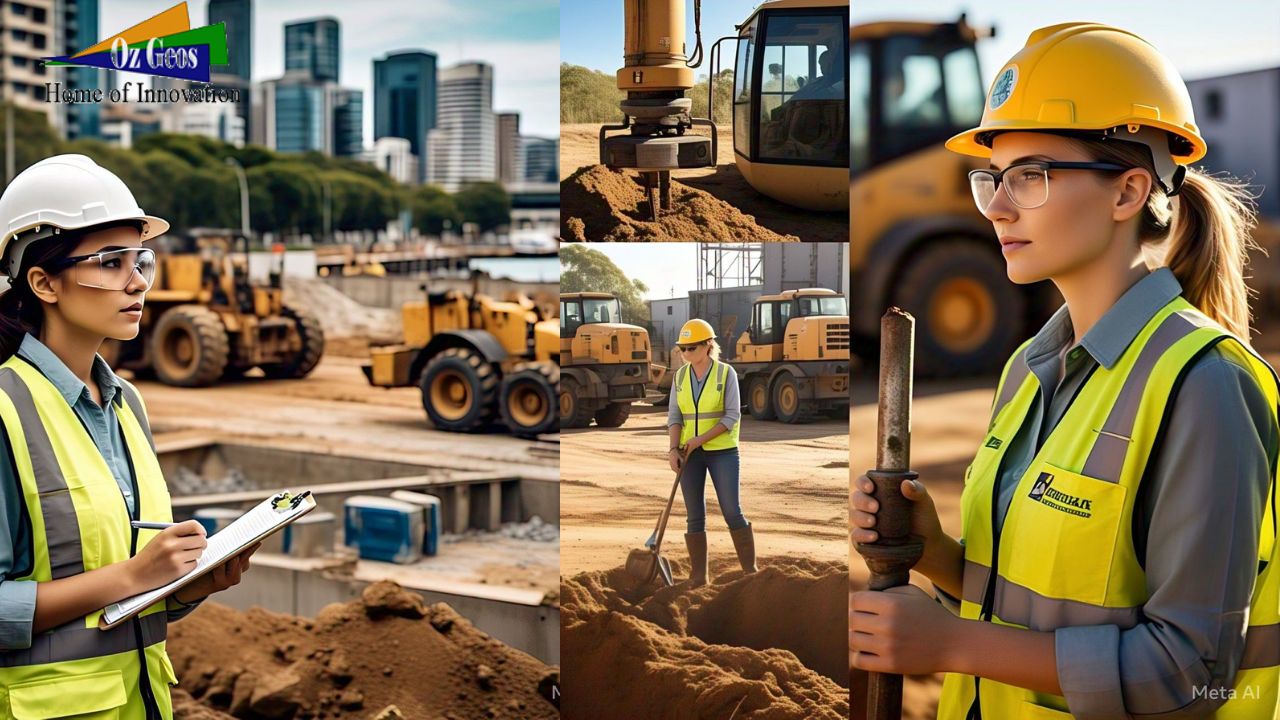What Do Geotechnical Engineers Do?
When it comes to constructing safe, durable, and sustainable structures, the role of a geotechnical engineer is indispensable. In the event that you’re arranging a task in Melbourne, understanding what geotechnical engineers really do can give important knowledge into the fundamental work that guarantees your design endures over the extreme long haul.
Understanding the Ground Beneath Us
At its center, geotechnical designing is tied in with figuring out the ground underneath our feet. Geotechnical engineers concentrate on soil, rock, groundwater, and other earth materials to decide their properties and how they collaborate with proposed structures. This information is basic for planning establishments, holding walls, burrows, and different designs that should endure the powers of nature.
Key Responsibilities of Geotechnical Engineers
Site Investigation
The most important phase in any geotechnical designing undertaking is site examination. Engineers direct different tests to evaluate soil and rock conditions. These tests could incorporate penetrating boreholes, taking soil tests, and performing lab tests to assess strength, thickness, and piece. This data assists engineers with figuring out the site’s reasonableness for development and recognizing expected difficulties.
Foundation Design
When the site examination is finished, geotechnical engineers plan establishments that can securely uphold the heaps from structures. Whether it’s a private structure, business complex, or framework project, picking the right sort of establishment is pivotal. Architects could configure shallow establishments, similar to footings, for more modest structures or profound establishments, like heaps, for bigger designs or those based on testing soils.
Slope Stability Analysis
In regions inclined to avalanches or disintegration, it is fundamental to guarantee slant dependability. Geotechnical engineers evaluate normal and man-made inclines to forestall disappointment. They plan arrangements like holding walls, porches, and waste frameworks to keep up with incline strength, safeguarding structures and individuals who use them.
Ground Improvement Techniques
Now and again, soil conditions need upgrade before development. Geotechnical engineers utilize different ground improvement procedures to increment soil strength and diminish settlement. Strategies like compaction, grouting, and soil adjustment work on the heap bearing limit of the ground, guaranteeing a steady starting point for development.
Risk Assessment and Mitigation
Each development project accompanies dangers, and it’s the occupation of geotechnical specialists to expect and alleviate these dangers. From surveying seismic tremor potential to anticipating soil settlement, these designers foster systems to limit chances and guarantee security and life span.
Why Geotechnical Engineering Matters in Melbourne
Melbourne’s different geography presents special difficulties and opens doors for development. From seaside regions with sandy soils to inland locales with earth and rock developments, each site requires a custom fitted methodology. Geotechnical engineers assume a crucial part in adjusting plans to Melbourne’s particular circumstances, it is protected and feasible to guarantee that designs.
The Scope of Geotechnical Engineering
Geotechnical Surveys and Testing
Before any development can start, extensive geotechnical reviews and testing are led. These overviews incorporate surface planning, subsurface investigation, and in-situ testing. Progressed geotechnical examinations might include geophysical strategies, for example, seismic refraction, ground-infiltrating radar, and electrical resistivity tomography. These procedures give nitty gritty pictures of the subsurface circumstances, recognizing potential issues like voids, sinkholes, or separation points.
Laboratory Testing
Lab testing is a significant part of geotechnical designing. Engineers investigate soil and rock tests to decide their physical and mechanical properties. Tests might incorporate grain size examination, Atterberg limits, unconfined pressure tests, triaxial shear tests, and combination tests. The consequences of these tests illuminate the plan regarding establishments and different designs, guaranteeing they can endure the tensions they will confront.
Engineering Geology
Geotechnical designs frequently work intimately with designing geologists to figure out the land history and states of a site. This joint effort helps in anticipating topographical perils like seismic tremors, avalanches, and subsidence. Designing geologists give significant experiences into the development cycles of soils and shakes, their steadiness, and how they could act under various ecological circumstances.
Foundation Engineering
Establishment designing is a specific part of geotechnical designing that spotlights on the plan and development of establishments. The establishment is the most basic piece of any construction, moving burdens from the structure to the ground. Legitimate establishment configuration is fundamental to forestall settlement, which can prompt underlying harm.
Shallow Foundations
Shallow establishments are utilized for structures where the heaps are somewhat light and the dirt close to the surface is sufficiently able to help the weight. Kinds of shallow establishments include:
- Strip Footings: Nonstop portions of substantial that help walls.
- Spread Footings: Stack of substantial that help individual sections.
- Mat or Raft Foundations: Huge pieces of substantial that help the whole structure, utilized when the dirt is feeble or the heaps are exceptionally weighty.
Deep Foundations
For bigger designs or those based on powerless soils, profound establishments are fundamental. These establishments move burdens to more profound, more steady soil or rock layers. Kinds of profound establishments include:
- Piles: Long, slender columns made of concrete, steel, or timber driven into the ground.
- Caissons: Hollow, cylindrical structures that are sunk into the ground and filled with concrete.
- Drilled Shafts: Large, deep holes drilled into the ground and filled with reinforced concrete.
Earth Retaining Structures
- Gravity Walls: These depend on their own load to hold the dirt. They are typically made of concrete or stone.
- Cantilever Walls: These utilization a switch arm to keep down the dirt and are for the most part built of supported concrete.
- Sheet Heap Walls: Produced using steel, lumber, or vinyl, these walls are crashed into the ground to keep down the dirt.
- Secured Walls: These walls are upheld by secures crashed into the dirt or rock behind them.
Design Considerations
Designing retaining structures involves considering various factors such as soil properties, water drainage, load conditions, and environmental impact. Geotechnical engineers use advanced software to model these factors and design walls that are both effective and economical.
Tunneling and Underground Construction
Burrowing is another region where geotechnical engineers assume a vital part. The plan and development of passages include complex associations between the passage structure and the encompassing ground. Whether it’s for transportation, utilities, or mining, effective burrowing projects rely upon a careful comprehension of geotechnical standards.
Geotechnical Challenges in Tunneling
- Ground Conditions: Different soil and shake types can introduce different difficulties, for example, falling ground, groundwater inflow, and changing hardness.
- Dependability: Guaranteeing the strength of the passage during and after development is central.
- Settlement: Controlling ground settlement to forestall harm to local designs and framework.
- Ventilation and Waste: Planning frameworks to oversee air quality and water entrance.
Techniques and Technologies
Present day burrowing projects utilize a scope of procedures and innovations to address these difficulties. Burrow Exhausting Machines (TBMs) are ordinarily used to exhume burrows with accuracy, lessening the effect on the general climate. Ground emotionally supportive networks, for example, shotcrete, rock bolts, and segmental linings assist with keeping up with burrow steadiness during exhuming.
Slope Stability and Landslide Mitigation
In areas prone to landslides, slope stability is a major concern. Geotechnical engineers analyze slopes to assess their stability and design measures to mitigate the risk of landslides.
Factors Affecting Slope Stability
- Geology: The type of soil and rock, their layering, and their physical properties.
- Hydrology: The presence and movement of water within the slope, which can weaken materials and increase the risk of failure.
- Vegetation: The type and extent of vegetation, which can help stabilize slopes but also contribute to instability if removed.Human Activity: Construction, excavation, and other activities can alter slope conditions and trigger landslides.
Mitigation Strategies
Geotechnical engineers use a variety of techniques to stabilize slopes and prevent landslides, including:
- Reinforcement: Utilizing holding walls, rock bolts, and different designs to offer extra help.
- Drainage: Introducing seepage frameworks to control water stream and lessen strain inside the incline.
- Terracing: Making ventured levels on the incline to decrease the gamble of sliding.
- Vegetation: Establishing vegetation to settle the dirt and forestall disintegration.
Ground Improvement Techniques
At the point when soil conditions are not so great, ground improvement methods are utilized to upgrade the properties of the dirt and make it more reasonable for development.
Common Ground Improvement Methods:
- Compaction: Expanding the thickness of the dirt through mechanical means, like rolling, vibrating, or packing.
- Grouting: Infusing materials like concrete or synthetic substances into the ground to make up for shortfalls and tie soil particles together.
Seismic Design and Earthquake Engineering
In locales helpless to tremors, geotechnical engineers assume a fundamental part in planning structures that can endure seismic powers. This part of geotechnical designing spotlights on understanding and relieving the effect of seismic tremors on structures and framework.
Seismic Hazard Assessment
Geotechnical engineers assess the seismic hazard of a site by studying historical earthquake data, fault lines, and soil conditions. This assessment helps in determining the level of seismic activity that a structure might experience and informs the design process.
Designing for Earthquake Resistance
- Foundation Design: Ensuring that foundations are designed to withstand seismic forces and prevent excessive movement.
- Soil-Structure Interaction: Analyzing how the interaction between the soil and the structure affects the overall stability during an earthquake.
- Retrofitting: Upgrading existing structures to improve their earthquake resistance, often involving the addition of new foundations, braces, or dampers.
Environmental Geotechnics
Environmental geotechnics focuses on the impact of human activities on the ground and how to mitigate adverse effects. This field is essential for sustainable development and environmental protection.
Contaminated Land Remediation
Geotechnical engineers play a key role in the remediation of contaminated land. This involves assessing the extent of contamination, designing remediation strategies, and monitoring the effectiveness of these strategies.
- Site Assessment: Investigating soil and groundwater to identify contaminants and their concentrations.
- Remediation Techniques: Methods such as soil washing, bioremediation, and encapsulation to remove or contain contaminants.
- Regulatory Compliance: Ensuring that remediation efforts meet local, state, and federal regulations.
Waste Management
Proper waste management is critical for protecting the environment and public health. Geotechnical engineers design and monitor waste disposal systems, such as landfills and containment structures.
- Landfill Design: Ensuring that landfills are designed to contain waste safely, with proper liners, leachate collection systems, and gas management systems.
- Containment Systems: Designing barriers to prevent the spread of contaminants from waste disposal sites.
Why Choose OzGeos for Your Geotechnical Engineering Needs?
At OzGeos, we comprehend the special difficulties and valuable open doors introduced by Melbourne’s assorted topography. Our group of experienced geotechnical engineers is focused on giving inventive and solid answers for all your development needs. Whether you’re arranging a private turn of events, business undertaking, or framework redesign, we have the mastery to guarantee your venture is based on a strong groundwork.
Conclusion
Geotechnical engineers are the overlooked yet truly great individuals of the development world, giving the fundamental basis that keeps our designs standing tall. Their ability in soil mechanics, establishment configuration, slant dependability, and natural assurance is basic for the outcome of any development project. On the off chance that you’re leaving on a development project in Melbourne, banding together with talented geotechnical engineers is essential for progress. Their skill guarantees that your undertaking is based on a strong groundwork, prepared to confront the difficulties of tomorrow.
For more data on how geotechnical designing can help your venture, get in touch with us at OzGeos. Our group of experienced experts is here to assist you with exploring the intricacies of Melbourne’s geography, conveying protected and solid answers for all your development needs.

